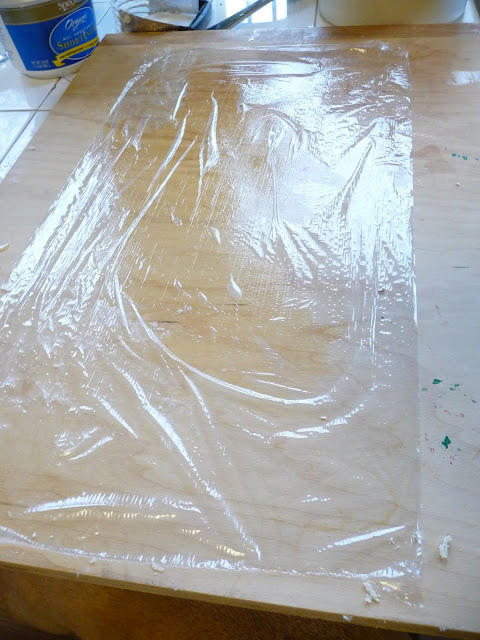As promised, here is the Lemon Chiffon Pie recipe that was featured on my last blog post. I love this recipe because it is light and fluffy...it has the sweetness you want from a dessert, but it also has a great tart punch from the fresh-squeezed lemon juice and lemon zest. This dessert is the perfect complement to a lovely spring or summer meal....if only Minnesota weather would cooperate!
Ingredients:
-1 c sugar
-1 envelope unflavored gelatin
-2/3 c water
-1/2 c lemon juice
-1 tsp lemon zest
-4 eggs, separated
-1/2 tsp cream of tartar
-1 prepared pie crust
Instructions:
1. Juice and zest lemons. Separate eggs.
2. Prepare an ice bath.
3. In a medium-sized sauce pan, combine 1/2 c sugar, gelatin, water, lemon juice, lemon zest and 4 slightly-beaten egg yolks.
4. Cook over medium heat, stirring gently and constantly, until the mixture boils. Continue to cook for one minute.
5. Cool the mixture in the ice bath until it forms small mounds when tested with a spoon. Remove from ice bath.
7. Continue beating and begin to add in remaining 1/2 c sugar in small additions. Beat until stiff peaks form.
8. Fold cooled lemon mixture into meringue in small additions.
9. Pour lemon chiffon filling into prepared pie crust.
11. Garnish and enjoy!
Pictures and Tips:
Step 1. Here is my juicing/zesting setup....you'll need a juicer and a microplane for zesting.
Step 3. Combine a 1/2 c of sugar with the gelatin, water, egg yolks, lemon juice and lemon zest in a medium-sized saucepan.
Step 4. Cook the lemon mixture over medium heat. Stir it gently and constantly until the mixture comes to a boil. After the mixture begins to boil, continue to cook for one minute.
Allow the mixture to cool in the icebath until it forms small mounds when tested with a spoon. Remove the saucepan from the icebath.
Step 6. Prepare the meringue. I used an electric hand mixer. Place the egg whites into a medium-sized bowl and beat them at a low speed until they begin to get frothy (bubbles will begin to form). After the egg whites begin to froth, add the cream of tartar.
Beat the egg whites until stiff peaks form.
Step 9 & 10. Pour the chiffon into the prepared pie crust and spread it out evenly with a rubber spatula. Place the pie in the refrigerator and let it chill for at least two hours.
Step 11. Garnish and enjoy. My favorite garnish is a piece of lemon peel. I use a fruit/veggie peeler to get large strips of peel. I like that this garnish quickly lets people know what flavor of deliciousness they are in for. You could also garnish each piece with a dollop of whipped cream and some grated zest.
-The Delicious Dabbler


















































